It seems the Spanish have always had more than their fair share of problems with pirates, and not only those in the Caribbean.
And, while crossing the Atlantic to reach the Caribbean may seem like a long way to go to check out the history and haunts of buccaneers, staying in Benidorm means we’re just a short boat ride away from a wealth of piratical history.
There’s a free courtesy bus into the centre of Benidorm from the hotel where we’re staying which means we’re soon at the port to board our boat for Tabarca. It’s a little islet in the Mediterranean Sea, also known as Nueva Tabarca or Isla Plana and I could just imagine Johnny Depp’s Jack Sparrow shouting: “Hey me lads, let’s make sail for Nueva Tabarca” – even the name fits the bill.
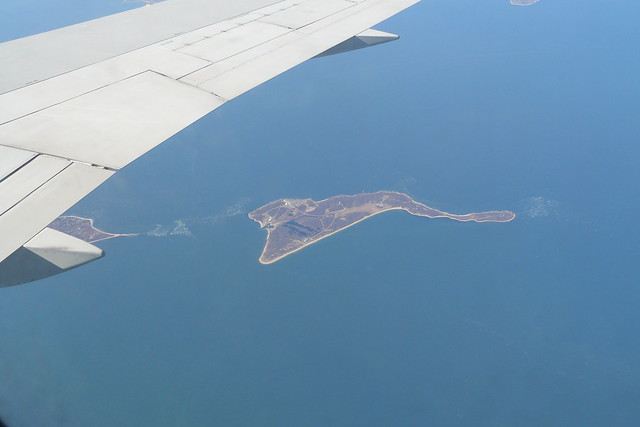
The island didn’t look much on the map, less than two kilometres long and 400 metres wide at its broadest. But despite its modest stature, Nueva Tabarca is in fact the largest inhabited isle in the Valencia region.
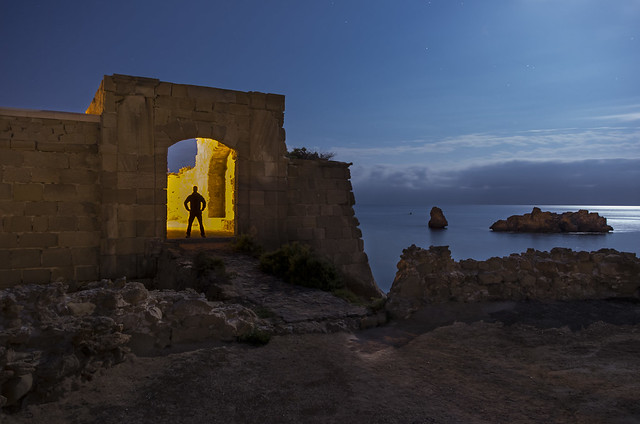
As soon as you step on to the quay and see the main gate in the town walls off to your right, you get the feeling the place has seen some history. And it certainly has.
Those walls, just like the ones built around the colonial settlements in the Caribbean, were not put there for nothing.
For centuries this small outcrop of land was used as a stopover by pirates – not Brits, or French or Dutch this time – but Berbers who sailed across from the sinister-sounding Barbary coast of North Africa.
From there they went up and down the coast of Alicante, looting and pillaging. They got to be such a nuisance that, by the end of the 18th century, Spain’s King Carlos III ordered the present citadel to be built and the island populated.
The ironical touch was that most of the earliest permanent inhabitants were fishing families from Genoa who had been rescued from a place of the same name – only spelt with a k instead of a c – Tabarka in Tunisia,
There’s little more than a few dozen buildings inside the walls, presided over by a majestic church tower which marks the island’s location long before you arrive.
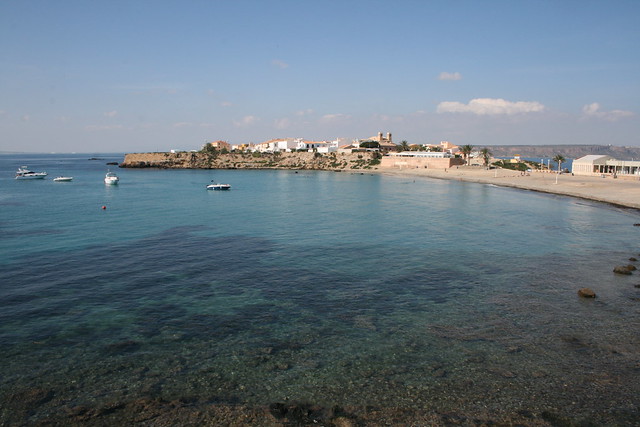
On the way to it you walk though a central square where you can stop to eat fish, delicious calamares, paella, or the Fideuá version, which is cooked with noodles instead of rice. Menus also boast meat and salad, but when you’re right in the middle of the sea, it seems rude not to sample the local seafood. So, when in Tabarca…why not do as the Tabarcans?
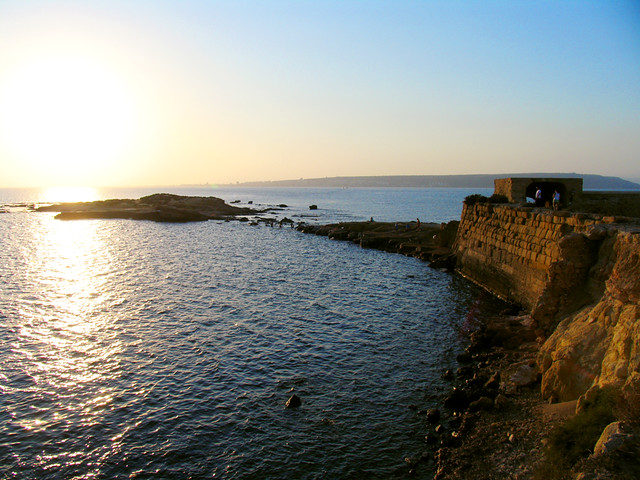
But there’s more to the island than food and history.
On the opposite side of the island from where you land, yet no more than two minutes’ stroll away across the narrowest of isthmuses, is Tabarca’s main beach.
While by no means the biggest stretch of sand in the Valencia region, it’s fairly sheltered and safe for kids to bathe, and the water was warm enough to swim in at the end of May.
Bring your snorkels and goggles and you can gaze down into the clear blue waters. Those who don’t want to take a dip can enjoy a walk around the edge of the uninhabited east end of the island, watching gulls, cormorants and other sea birds swoop backwards and forwards among the tiny offshore reefs that, since the early eighties, have formed part of a marine nature reserve.
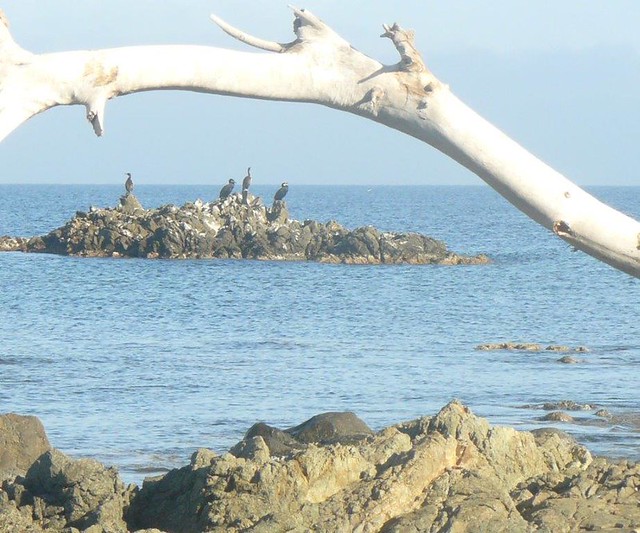
In peak season, it’s easy to get a boat from Benidorm. In the winter, you can drive or take a tram and bus to the closest port, Santa Pola. It all adds to the fun, especially if you have to take one of the bright orange Zodiac boats to reach Nueva Tabarca.
Katie blogs about her travels and (mis)adventures in food at delightso.me. Wherever she travels she likes to get off the beaten track and immerse herself in the local culture.



